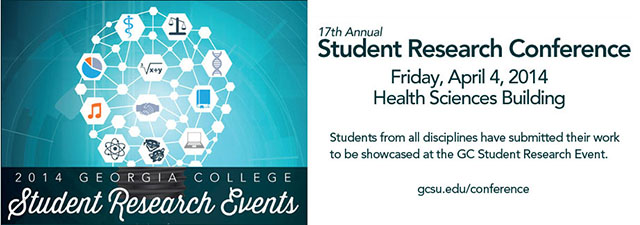
Event Title
Most Effective Methods for Prevention of Retained Foreign Objects in Patients Undergoing Open-Cavity Surgery
Faculty Mentor
Debbie Greene
Keywords
Debbie Greene
Abstract
Purpose: The purpose of this study is to find which methods are most efficient in preventing retained foreign items in surgical patients. This study looks at current common practice (multiple manual counts) and newer methods being tested in practice (including bar-coding and radio-frequency). Methodology: Literature Review using peer reviewed CINAHL data published within the last five years. Key words searched include: retained surgical items, retained foreign objects. This search came back with 151 results, five of which were focused on in this review. Findings: Articles cited studies performed with each technique showing benefits and problems with each method. Some articles compared methods, while others focused solely on significance of individual methods in practice. Conclusions: A multidisciplinary approach is most effective; including additional prevention methods with traditional manual counting results in fewer retained items. This lessens the margin for error regarding retained surgical items.
Session Name:
Poster Presentation Session #2 - Poster #72
Start Date
4-4-2014 12:15 PM
End Date
4-4-2014 1:00 PM
Location
HSB 3rd Floor Student Commons
This document is currently not available here.
Most Effective Methods for Prevention of Retained Foreign Objects in Patients Undergoing Open-Cavity Surgery
HSB 3rd Floor Student Commons
Purpose: The purpose of this study is to find which methods are most efficient in preventing retained foreign items in surgical patients. This study looks at current common practice (multiple manual counts) and newer methods being tested in practice (including bar-coding and radio-frequency). Methodology: Literature Review using peer reviewed CINAHL data published within the last five years. Key words searched include: retained surgical items, retained foreign objects. This search came back with 151 results, five of which were focused on in this review. Findings: Articles cited studies performed with each technique showing benefits and problems with each method. Some articles compared methods, while others focused solely on significance of individual methods in practice. Conclusions: A multidisciplinary approach is most effective; including additional prevention methods with traditional manual counting results in fewer retained items. This lessens the margin for error regarding retained surgical items.

